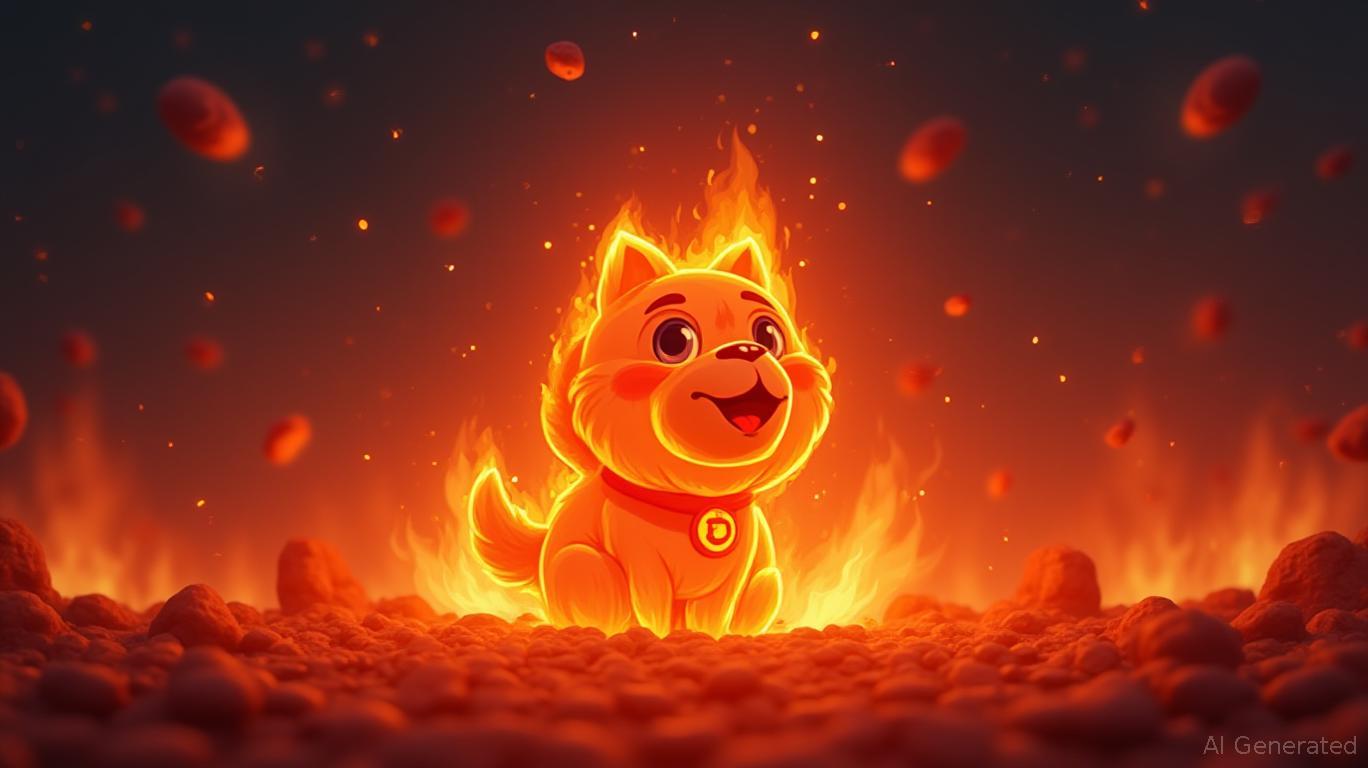The
Shiba Inu
(SHIB) token has recently experienced a dramatic increase in its burn rate, bringing renewed focus to a longstanding challenge for the project: its limited real-world use. In the past 24 hours, 7.7 million, 12 million, and 9.4 million
SHIB
tokens were burned in separate transactions, representing a 26,493% jump in daily burn rate. Despite this, SHIB's price continues to fluctuate, and doubts remain about its fundamental value. Experts point out that while burning tokens can make them scarcer, it does not solve the main issue of SHIB's practical application—a problem made more apparent by Shibarium, the Shiba Inu blockchain, struggling to increase its Total Value Locked (TVL).
Shibarium's TVL, which measures the total amount of crypto assets deposited in decentralized applications (dApps) on the network, has failed to show significant growth. This highlights a fundamental weakness: as a
meme
coin, SHIB lacks the necessary infrastructure to support lasting adoption. “The Shiba Inu ecosystem has big plans, but unless it develops strong use cases beyond trading and speculation, the token will remain at the mercy of market trends,” one blockchain analyst commented. Recent improvements to the platform, such as relaunching the BONE Plasma Bridge and migrating to LEASH v2, have not yet led to notable TVL increases, leaving the community split between
optimism
and doubt.
The token’s fate is also closely linked to
Ethereum
(ETH), the blockchain it operates on. Both SHIB and
ETH
have recently surpassed important resistance levels, sparking hope among altcoin investors, according to a
Bitget report
. Nevertheless, SHIB’s price has dropped by 3% over the past week, even as its burn rate soared by 1,224%. This gap indicates that although investors are optimistic about Ethereum’s broader ecosystem, SHIB’s lack of distinctive features limits its ability to benefit from this growth. “SHIB’s prospects depend on whether it can transform into more than just a speculative token,” a crypto analyst observed, stressing the importance of Shibarium attracting developers and dApps to create practical applications.
Interest from institutional investors in SHIB’s ecosystem is increasing, but remains inconsistent. While a higher burn rate has reassured some holders, the token’s 23% monthly drop highlights its fragile value. Meanwhile, Ethereum’s growing derivatives market and institutional adoption—helped by Hong Kong’s approval of its first ETF—have created a supportive environment for altcoins. Yet, SHIB’s inability to capture a meaningful share of this momentum raises concerns about its competitiveness compared to projects with stronger utility.
Analysts predict that SHIB could reach a “historic high” by 2026 if it maintains key support levels, but this outcome depends on resolving the TVL problem and expanding what Shibarium can offer, according to the Bitget report. The project’s roadmap features plans like the LEASH v2 migration and cross-chain bridges, which may attract more developers. However, without a clear strategy to boost utility, SHIB risks staying a niche asset. “A rising burn rate is encouraging, but it’s not a cure-all,” one market watcher remarked. “Long-term growth will require shifting focus from simply burning tokens to actually creating value.”
As the crypto market anticipates a possible rally led by Ethereum, SHIB’s future will depend on its ability to move beyond hype and deliver real innovation. For now, the token’s ongoing struggle with utility remains a significant barrier to its sustained success.
---
